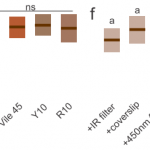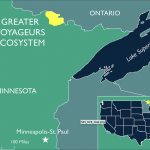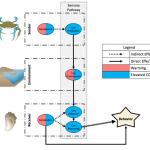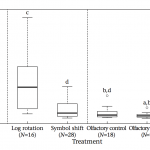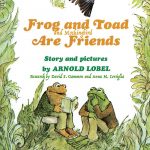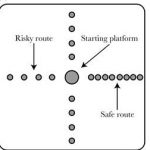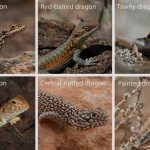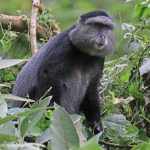This gallery contains 1 photo.
You’re walking through the forest on a warm summer day, and you feel the familiar sting of a mosquito biting your arm. As you swat away the fly you notice a smattering of other bites you have accrued throughout your … Continue reading

